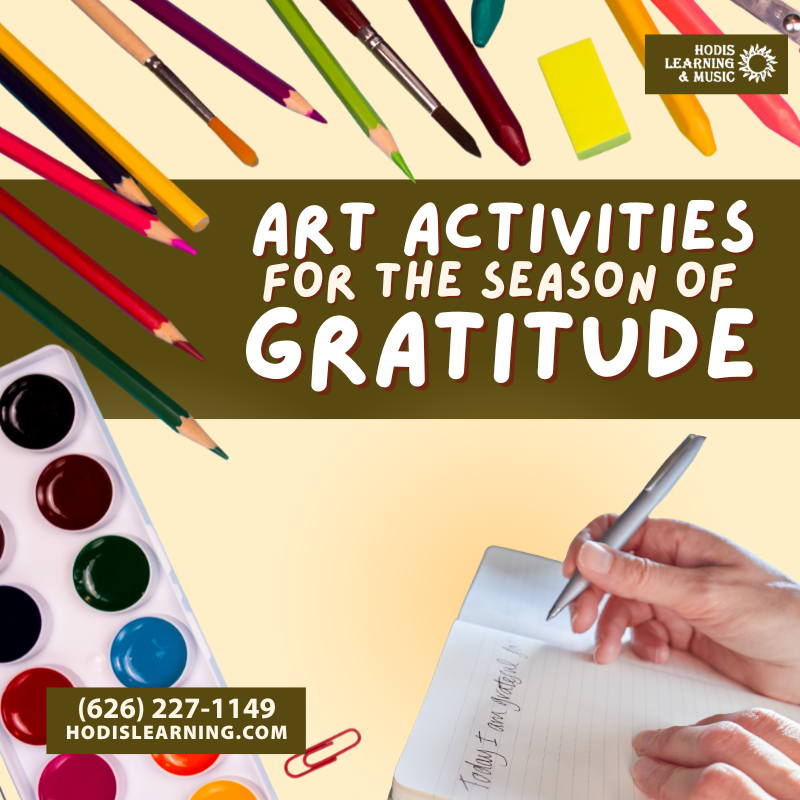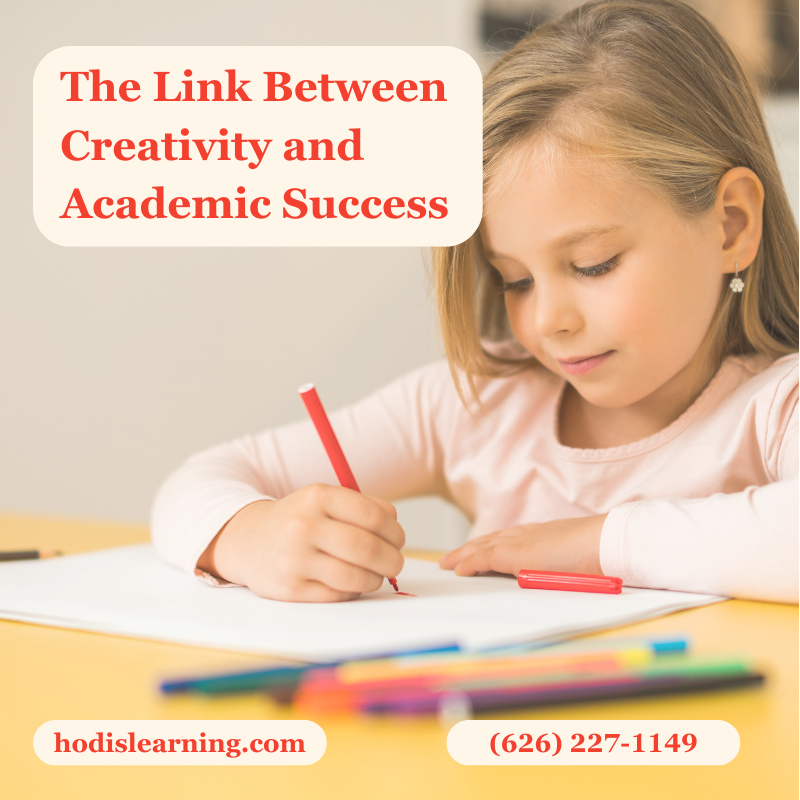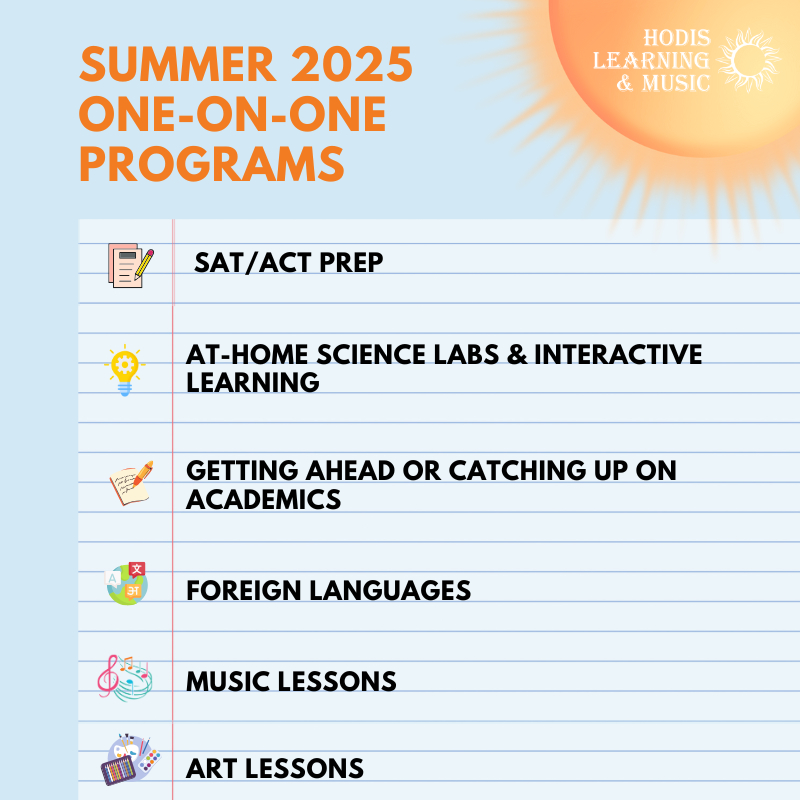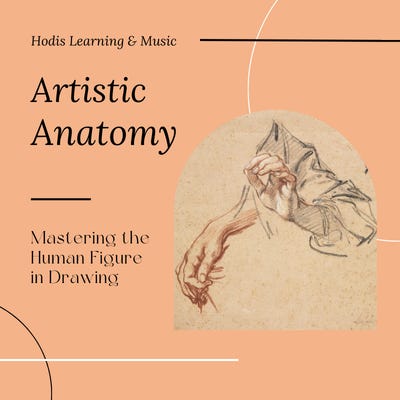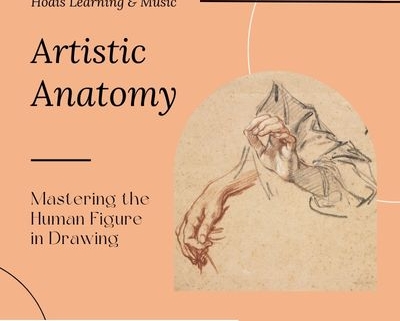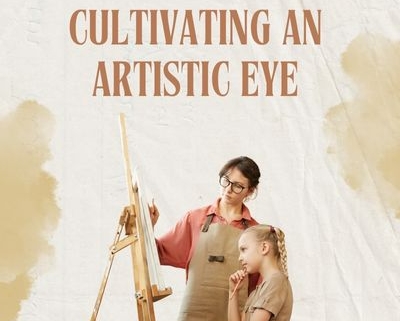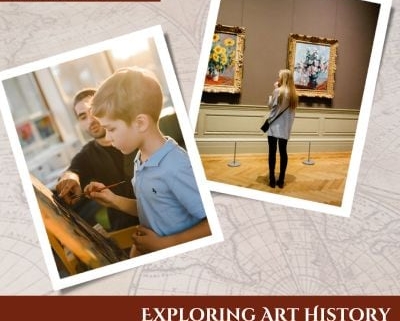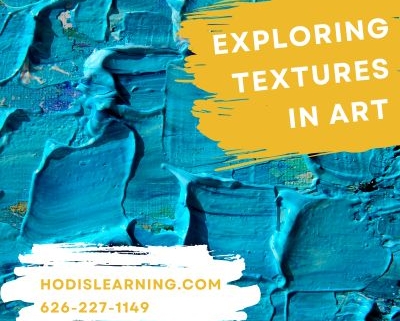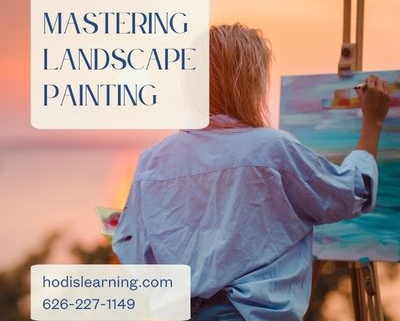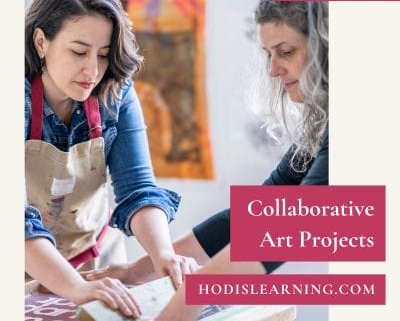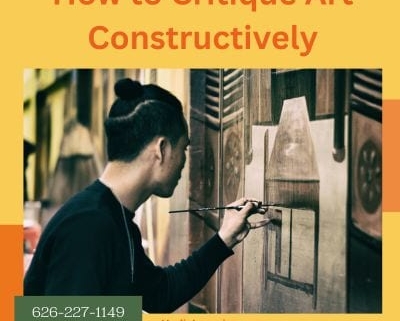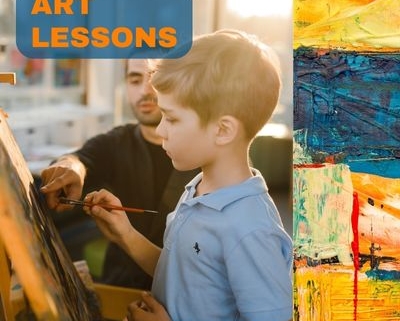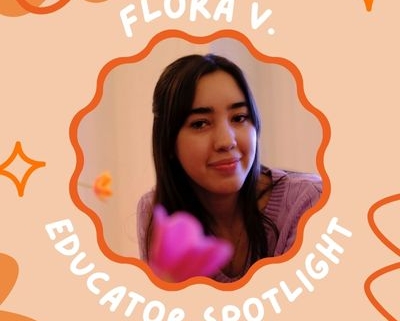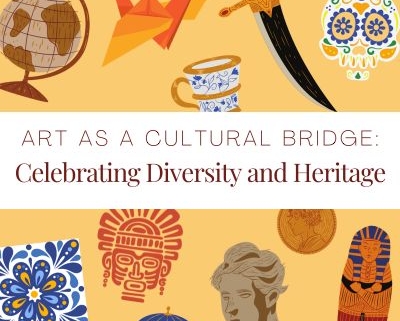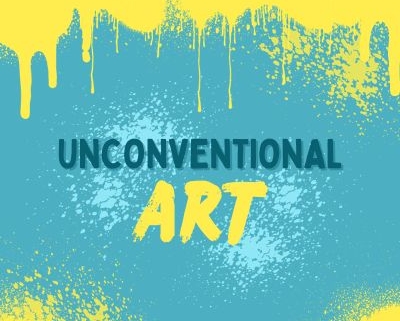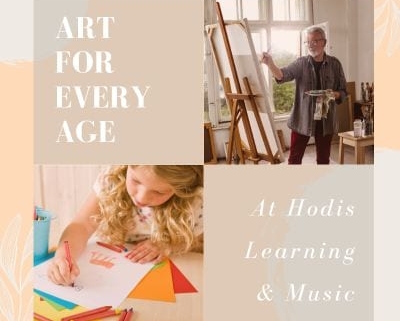Texture plays a vital role in art, bringing life and dimension to an otherwise flat surface. Artists can create textures that are rough, smooth, soft, or even illusionary, adding richness and complexity to their work. In this post, we’ll explore how artists can incorporate and replicate textures in their art using techniques that apply to both painting and drawing. Whether you’re aiming to capture the softness of fur, the roughness of bark, or the smoothness of glass, these tips will guide you on how to achieve realistic, expressive textures.
1. Understanding Texture: Why It Matters
Texture in art can be tactile, a real, physical texture you can feel, or visual, the illusion of texture created on a flat surface. Both types of texture help create depth, engage the viewer’s senses, and bring the subject to life. Texture adds character and can evoke emotions, encouraging the viewer to connect with the piece on a sensory level.
When artists add texture, they’re not just reproducing the look of an object—they’re also adding narrative elements, guiding viewers through an experience with the subject.
2. Techniques for Creating Texture in Painting
Painting offers endless possibilities for creating a variety of textures. Here are some versatile techniques to get started:
– Impasto: Impasto is a technique where paint is applied thickly, creating raised, three-dimensional areas on the canvas. This technique is great for adding texture to objects like rocks, leaves, or clouds. Use a palette knife or a thick brush to layer the paint heavily and build up a physical texture.
– Dry Brushing: To create a rough or grainy texture, use a dry brush with very little paint on it. Lightly drag it across the surface for a broken, textured effect that’s ideal for surfaces like wood, hair, or fabric. Varying the angle and pressure will give even more depth to the effect.
– Sponging and Dabbing: Sponges, paper towels, or even crumpled plastic wrap can be dabbed or pressed into wet paint to create organic, unpredictable textures. This method works especially well for natural elements like leaves, rocks, and mossy surfaces.
– Scumbling: Scumbling involves lightly dragging a dry brush with paint over a painted surface to create a translucent layer. This technique is useful for soft textures, such as clouds, mist, or fabric folds, as it gives a hazy, subtle effect.
Tip: Experiment with various tools like combs, toothbrushes, or even your fingers. Each tool creates unique textures and adds variety to your painting.
3. Techniques for Creating Texture in Drawing
In drawing, texture is created through line work, shading, and pattern. Here are several techniques to try:
– Hatching and Cross-Hatching: These are among the most commonly used methods for adding texture. Hatching involves drawing parallel lines, while cross-hatching layers lines at different angles. This technique can convey rough textures like woven fabric, rough paper, or the skin of certain fruits.
– Stippling: Stippling uses small dots to create texture and shading. Closer, denser dots create darker tones and rough textures, while spaced-out dots make the texture appear lighter and softer. Stippling is time-intensive but is highly effective for natural textures, such as sand or stone.
– Blending and Smudging: Blending pencils or charcoal with tools like tortillons (blending stumps) or even your finger can create smooth, soft textures, perfect for things like skin, cloth, or glass. Experiment with different pressures to vary the effect.
– Sgraffito: This technique involves scratching away a layer to reveal what’s underneath. To use sgraffito in pencil drawing, you can shade an area densely and then use an eraser or a sharp point to scratch in details, like the veins in leaves or fur texture.
Tip: Explore the texture of different papers as well. Rougher paper enhances the effect of pencil strokes, creating a more tactile feel.
4. Combining Techniques to Create Realistic Textures
– Skin and Fur: Begin with a base layer of blending to capture the smoothness of skin or the density of fur, then add details using cross-hatching or fine lines to mimic pores, wrinkles, or individual hairs.
– Water and Reflections: Start with a smooth base, using blending or wet-on-wet painting to capture water’s fluid quality. Then, add ripples, highlights, or reflections with light, broken brushstrokes or eraser marks for realism.
– Stone and Brick: Use sponging or stippling to create an irregular surface, then add details like cracks or rough edges with fine hatching or dry brushing to capture the gritty surface of stone or brick.
Tip: To fully develop these textures, observe your subject carefully. Study how light interacts with the texture, as this can make all the difference in creating realism.
5. Tips for Applying Texture Thoughtfully
– Emphasize Key Areas: Use more texture in focal areas where you want to draw the viewer’s attention, and keep the background or less important elements smoother or simpler.
– Create Contrast: Combining rough and smooth textures adds visual contrast and interest. For example, place a rough, impasto texture next to a smooth, blended area to emphasize both textures.
– Practice Observation: Study textures around you—brick walls, tree bark, fabric, glass surfaces—and try replicating them in small sketches or swatches to get comfortable with the techniques.
– Balance Detail and Simplicity: Use texture in moderation. Sometimes, less is more when it comes to adding texture to a piece. Decide on the purpose of each texture and keep it cohesive with the overall piece.
Conclusion
Textures give life, depth, and realism to artworks, bridging the gap between a two-dimensional surface and the rich sensory world we experience. By experimenting with these techniques, artists can capture the essence of their subjects, whether they’re aiming to depict the delicate softness of a petal or the ruggedness of a mountain. So grab your tools, experiment, and let texture bring new dimensions to your art!
Discover Your Unique Style with Hodis Learning & Music
At Hodis Learning & Music, we offer art lessons that cover a wide range of techniques, including creating realistic and expressive textures. Our experienced instructors work with students at all skill levels, helping them to discover and refine their unique style. Whether you’re interested in drawing, painting, or exploring other mediums, we’re here to support your creative journey. Call or email us today to learn more and start bringing texture and life to your art!

